Do you want to learn how to say “Hello” in Japanese?
Greeting is very important because they allow you to connect and start to have a communication with others.
In this article, we will talk about Japanese greetings including the culture.
Gestures
Bows
The most common Japanese greeting needs no words.
It is a body gesture: the bow.
Bows can be used as to thank someone, while introducing yourself, to depart, while asking for favors, to express gratitude or sorrow, and countless other situations.
It is very versatile and important.
To bow properly, look to a spot on the floor in front of your feet, lean forward, keeping your back straight and bend your neck just a bit.
If you are a man, keep your arms on the side; if you are a woman join your fingers just below the belly.
How much and long you should bow depends on the situation. The deeper and longer the bow, the more respectful it looks.
The most informal way, good for a quick goodbye when leaving from a place with which you have no deep relation, is basically just bending the neck.
To the other extreme is a 45 degrees bow looking at your own feet. As rule of thumb, try to bend a bit more than the person you are talking to.
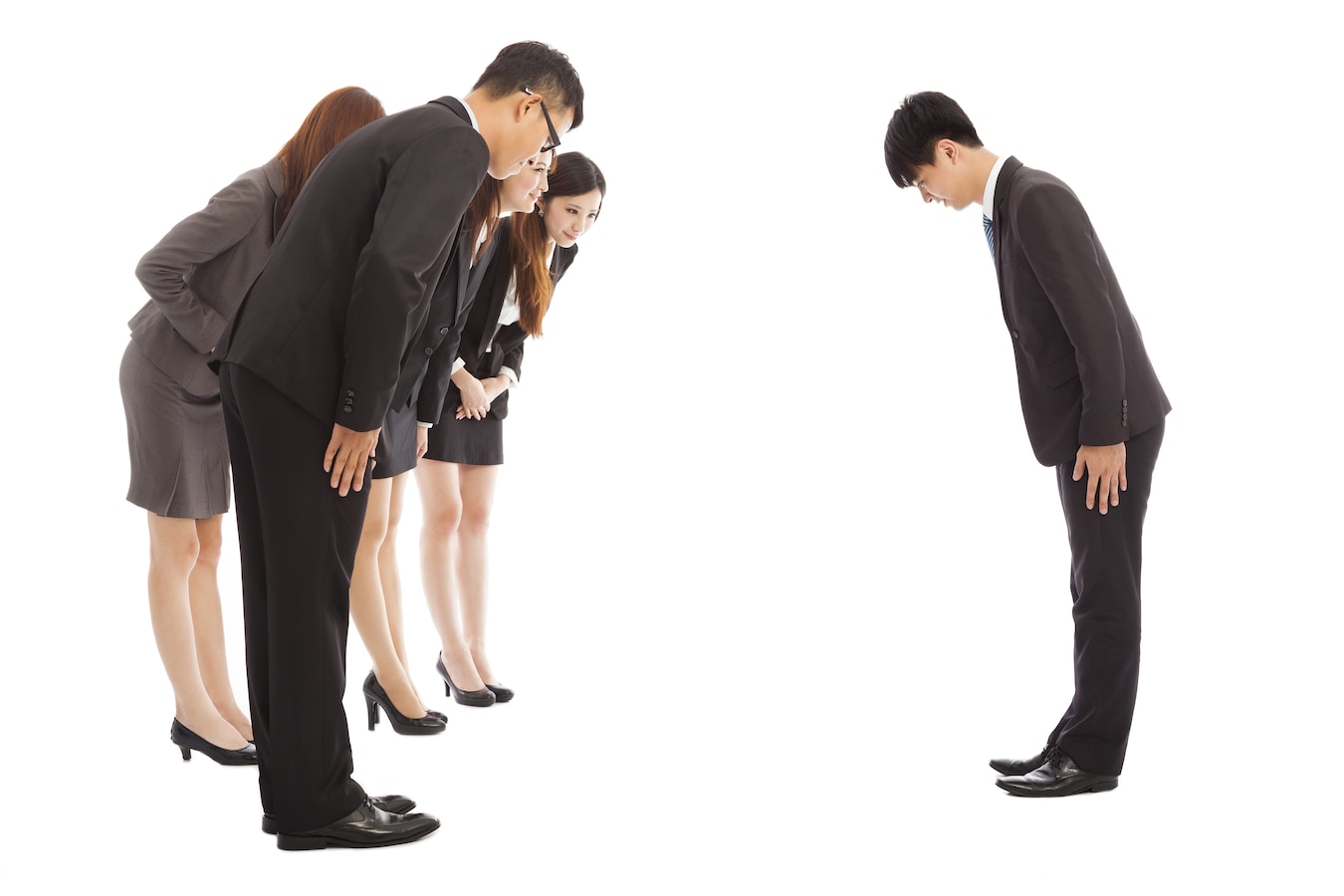 (引用:https://allabout.co.jp/gm/gc/474623/)
(引用:https://allabout.co.jp/gm/gc/474623/)
Handshakes
In many western countries the handshake is a common form of greeting.
This is not the case in Japan. Here the handshake is a friendly act done to congratulate someone.
However, Japanese people are aware of how the handshake is used globally and, when greeting a foreigner, they may offer their hand to shake.
If that's the case, just follow the usual etiquette: give a firm handshake looking the other person in the eyes smiling.
 (引用:https://ironna.jp/article/10345)
(引用:https://ironna.jp/article/10345)
Waving
Just like in many other countries, waving is a greeting in Japan. It is used when a bow might not work.
For example, to give a quick goodbye while sitting or to attract the attention of someone a little away.
If possible, prefer a bow, but to just wave is also an acceptable greeting.

Other gestures
Japanese people use many other gestures with various meanings.
For example, they may cross their forefingers to silently negate a question.
But it is unusual to use other gestures like hugging or kissing as greetings. To be on the safe side, don't.
Expressions
While bows are very commonly used and need no words, the Japanese language has many utterances used as greetings.
In some cultures greetings are just seen as a necessity.
But in Japan greetings are important: to know how to use those utterances properly helps for team building and being accepted.
- When meeting
-
おはようございます(Ohayō gozaimasu) is the Japanese equivalent of good morning and it is used in the early morning.
The shorter version おはよう(ohayō) has the same meaning. But it is more informal, so use it only with acquaintances.
Later the greeting becomes こんにちは(konnichiwa)
Finally, when it is dark the greeting becomesこんばんは(konbanwa), good evening.

Talk about Weather
-
Just like the British the Japanese love to talk about the weather.
It is not surprising that one can use the weather as a form of informal greeting.
With acquaintances you can say: 寒い(samui) , 暑い(atsui) , or いい(ii) followed by 天気ですね (tenki desu ne).
The first three words mean cold, hot, and fine respectively. The closing part (ne) asks for confirmation that the weather is.
So, in a freezing day you can greet with 寒いですね (samui desu ne).
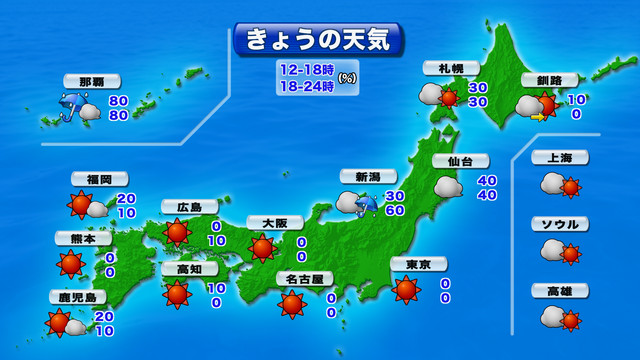 (引用: https://www.tku.co.jp/weather/zenkoku/)
(引用: https://www.tku.co.jp/weather/zenkoku/)
Specific situations
The previous utterances were fairly general.
Depending on the time of the day and the kind of relation you have with the person you are greeting they would be fine.
Now we see few greetings we can use when meeting someone in specific situations.
- When meeting someone for the first time
-
The utterance 始めまして (hajimemashite) is the perfect way to greet for the first time;
it expresses your intent to start a good relation with the person you are talking to.
- When meeting someone after a long time
-
お久しぶりです (ohisashiburidesu) is most commonly used in this situation;
you can also use the shorter 久しぶり (hisashiburi) which sounds a bit more friendly.
The longer ご無沙汰しております (gobusata shite orimasu) has the same meaning, but it is very formal;
reserve it if you meet a former boss or someone similar.
- When arriving at the office
-
お早うございます (ohayō gozaimasu),
the good morning mentioned in a previous section, is the proper greeting when arriving at your office at any time of the day.
It is used both by the person arriving and the people in the office, even in the middle of the night.
- When meeting someone
-
You can politely greet with お待たせしました (omatase shimashita) or its short form お待たせ (omatase);
it literally means “sorry to have kept you waiting”, but it works even if you are not late.
- When coming home
-
If one lives with the family, there is a specific greeting to use when entering your home to notify your return:
ただいま(tadaima), it is a set phrase that basically means "I am home"; the longer and more descriptive ただいま帰りました(tadaima kaerimashita) is rarely used.
People who are home answer おかえりなさい (okaerinasai) or おかえり(okaeri) to acknowledge the arrival.
- When entering someone's home
-
If you are entering someone else's home you can say お邪魔します (ojama shimasu),
it is similar to the English "Excuse me".
- When entering a shop
-
いらっしゃいませ (irasshaimase) is quite specific: it is used by employees to greet customers; you can think of it as "Welcome!"" or "Come in!"
When hearing it, if you need the employee's help just greet back kindly and ask, otherwise this greeting requires no answer.
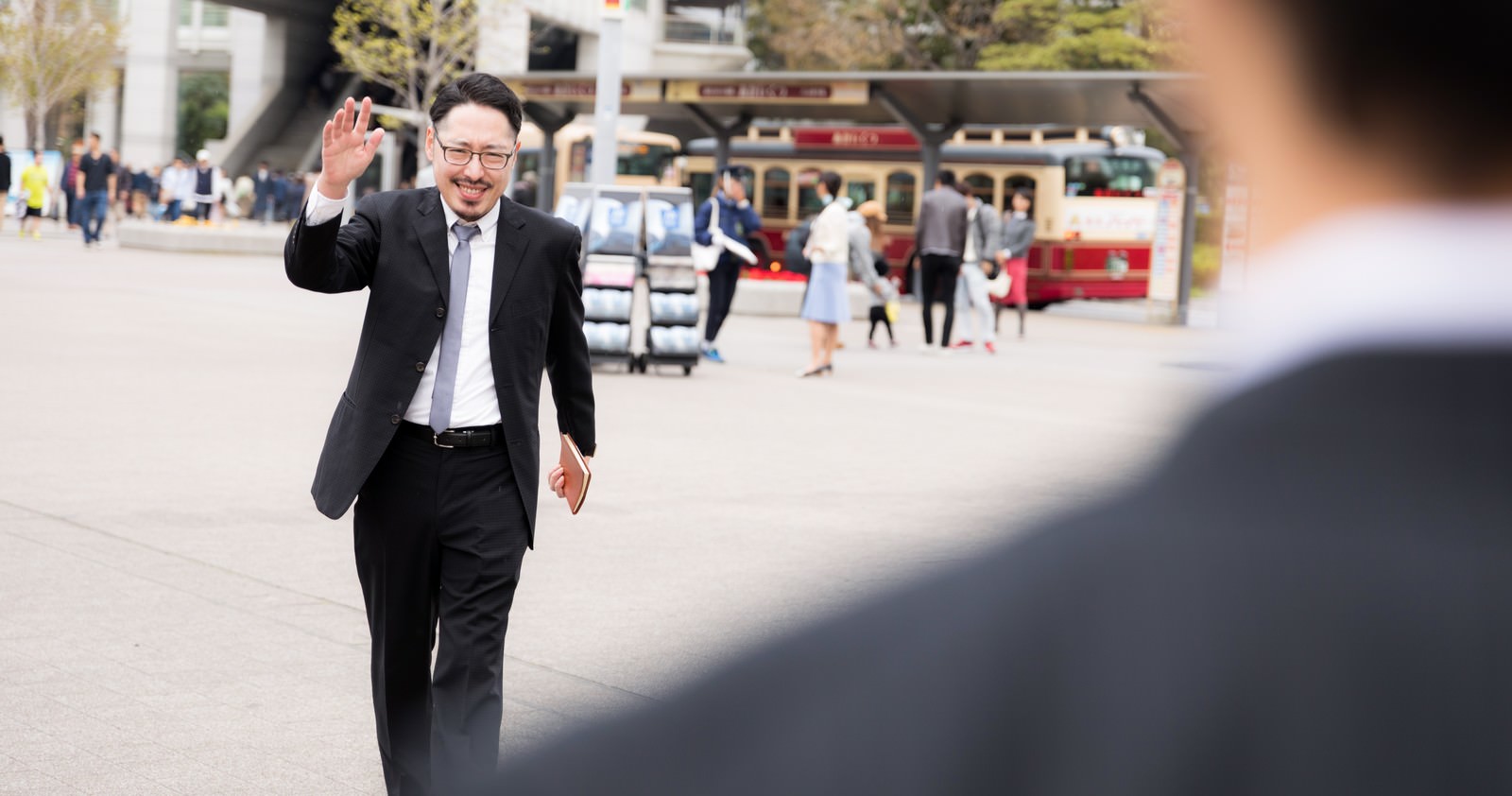
When parting
-
In Japan, there are fewer situations that call for a goodbye utterance than in some other cultures.
If you think that you would manage with a quick “bye” or “thanks”, then a light bow is probably the proper concluding gesture.
What if a quick bow does not cut it? さようなら (Sayōnara) is the most known Japanese word for goodbye,
so much that it appears in the Merriam-Webster American English dictionary as a loanword.
However, in Japan it is little used as it sounds final and closing.
English words that convey a similar meaning are "farewell" or "adieu".
The word for goodbye is 失礼します(shitsurei shimasu).
Literally it means "I am being rude" as reference to leaving and breaking up the group.
Unless a more specific form of goodbye is needed, this is the utterance you want.
- When leaving with the intent to return soon
-
If you are leaving but you mean to come back quickly after doing something like an errand, you should say goodbye with いってきます (ittekimasu);
in the case someone else is leaving saying it, then you answer with いってらっしゃい(itterasshai).
The meaning of those two utterances go well beyond their literal translation that are “I leave” and “You left”.
A spiritual translation would be "I am leaving, but I will be back safely." and "I understand, please do come back safely." respectively.
In short, this pair of utterances wishes good luck and, while less common,
It is also possible to swap the order:
if you see someone leaving and you are looking forward to see them back, you can start with いってらっしゃい (itterasshai).
- When completing work
-
When someone is leaving the office is お疲れ様です (otsukare sama desu) is a way to show appreciation for the work done,
it works both if you are leaving or to answer to someone else who is leaving.
Being a form of appreciation for the work done, it can also be used in other contexts like after a meeting or discussing what to do next.
It is also possible to use the past form お疲れ様でした(otsukare sama deshita). It is used to convey a feeling of completion, so it is adequate when someone delivers a result.
But if you are in doubt, just use the first form.
ご苦労様です(Gokurou sama desu) has a similar meaning as お疲れ様です(otsukare sama desu), when used after discussing the work to be done. But it is used only toward subordinates.
It is basically the difference between to agree on something and to give an order, so you can use it only if you are in the position to exercise authority or control,
the answer is still お疲れ様です(otsukare sama desu).
Another greeting you can use when leaving the office is お先に失礼します(osaki ni shitsurei shimasu),
it conveys a meaning of "There is still work to do, so I am sorry to already leave. Tomorrow I will work hard again".
Finally おやすみなさい(oyasumi nasai)or its shorter version おやすみ (oyasumi) is roughly equivalent to the English "Good night".
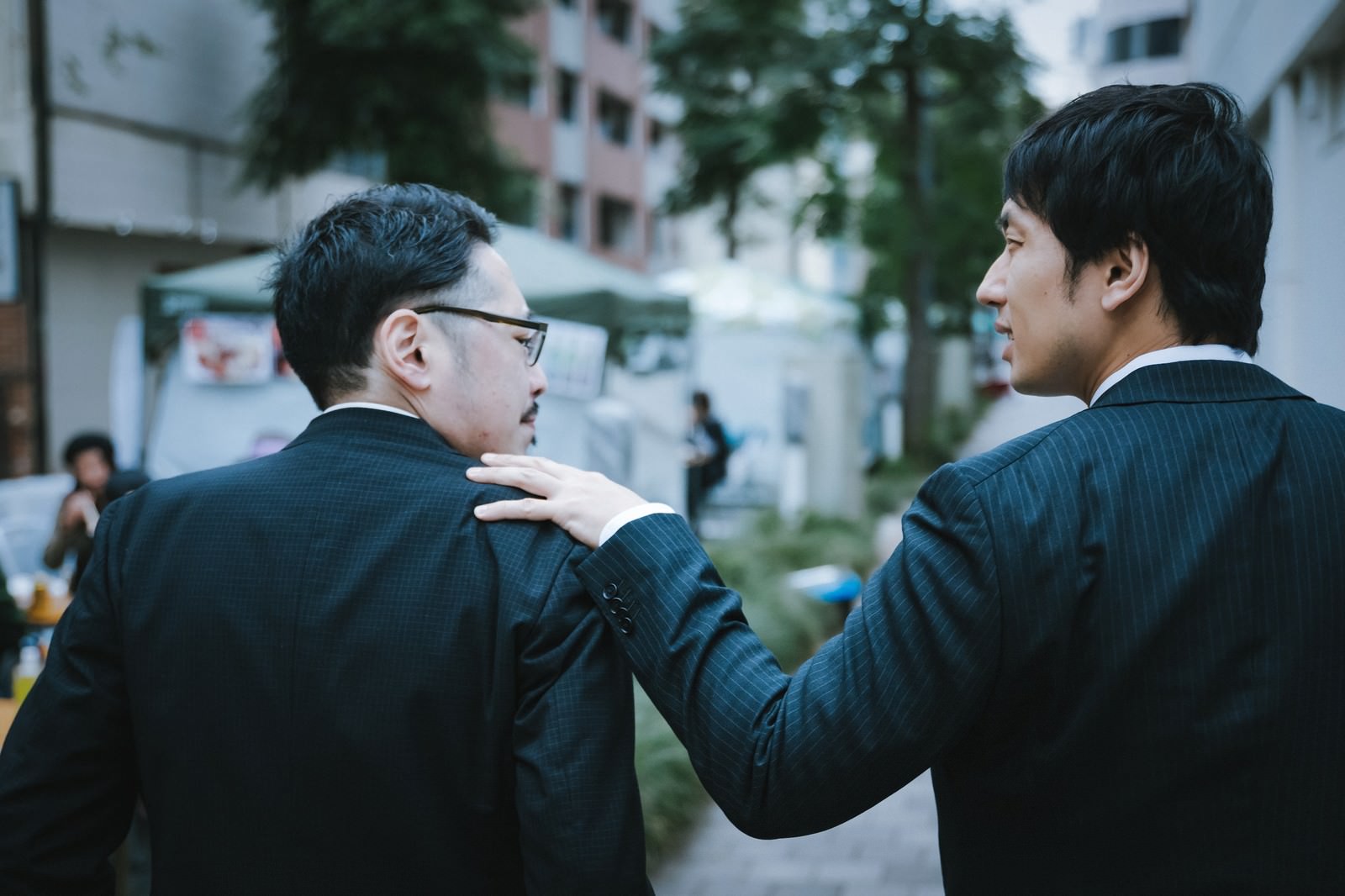
Other
Here are a few other useful utterances that can be used as greetings and in many other circumstances.
When used as greetings they often are said together with a bow.
おめでとうございます (Omedetō gozaimasu) is a way to say congratulations, so it can be used as an opening, if you meet someone that deserve a praise.
It's shorter version おめでとう (omedetō) is more commonly used while talking among friends.
A "Thank you", as in English, can be used as goodbye if the situation asks to express gratitude.
A deep bow in addition is probably a good idea.
The full form of "thank you", どうもありがとうございます (dōmo arigatō gozaimasu), is rarely used.
Most often ありがとうございます (arigatō gozaimasu) will do, if you want to express deep thanks. ありがとう (arigatō) for informal situations.
For the sake of completeness, here are the usual answers to "thank you": どう いたしまして (dō itashimashite) and きにしないで (ki ni shinaide);
they are the Japanese equivalent of "you're welcome".
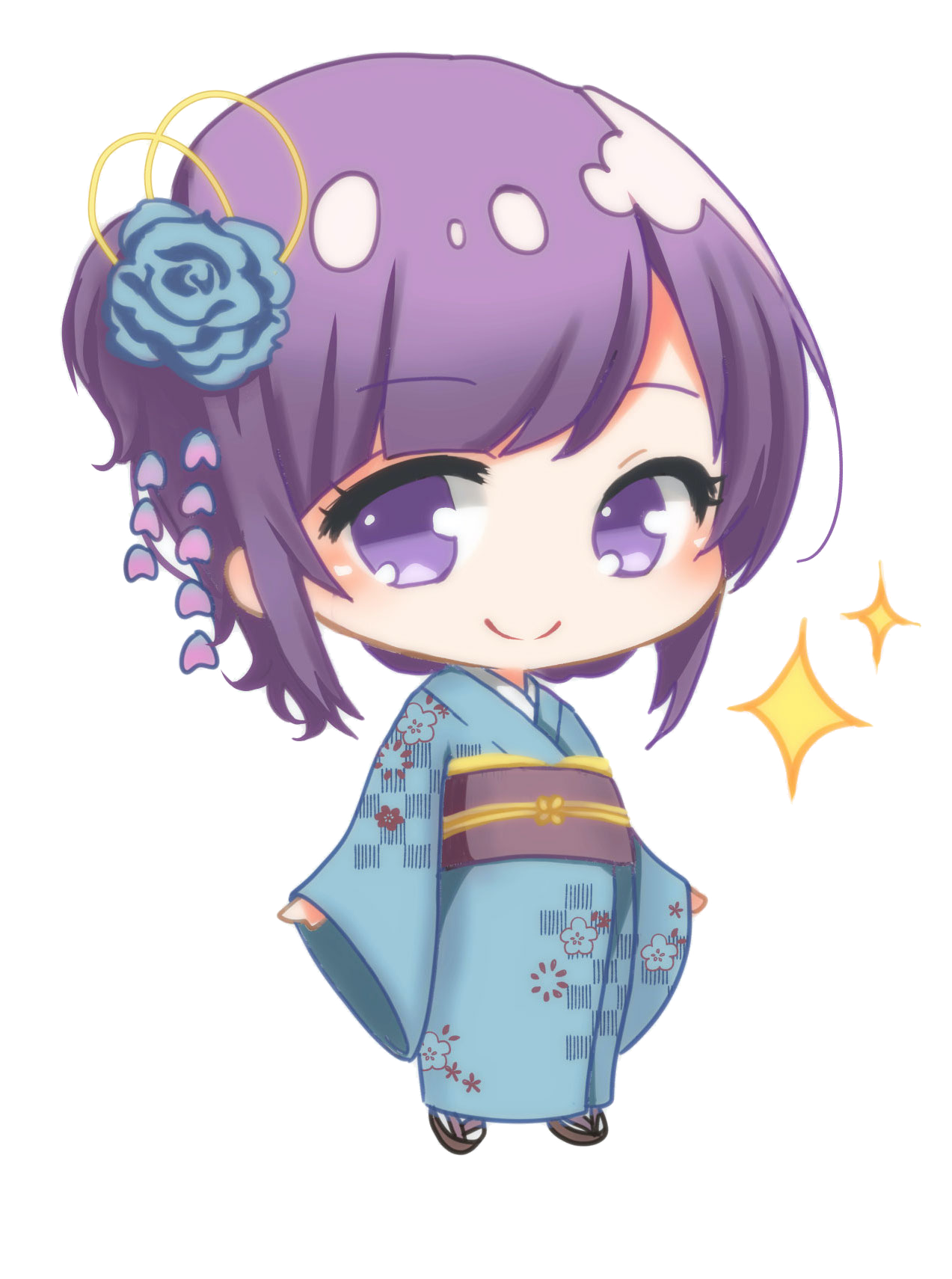 Japanese Greetings
Japanese Greetings (引用:https://allabout.co.jp/gm/gc/474623/)
(引用:https://allabout.co.jp/gm/gc/474623/)
 (引用:https://ironna.jp/article/10345)
(引用:https://ironna.jp/article/10345)


 (引用: https://www.tku.co.jp/weather/zenkoku/)
(引用: https://www.tku.co.jp/weather/zenkoku/)

